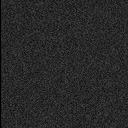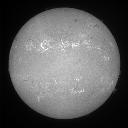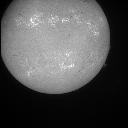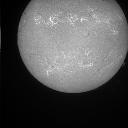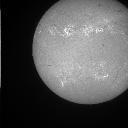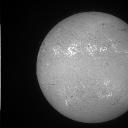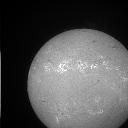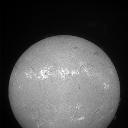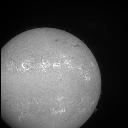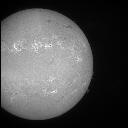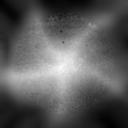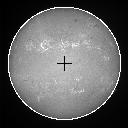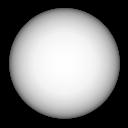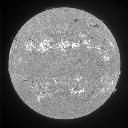The basic idea of the Kuhn-Lin-Loranz technique for calibrating spatially non-uniform image array detectors is to compute the horizontal and vertical derivatives of the logarithm of the gain function from multiple displaced full-disk images. Once the gradient of the log-gain function is determined, integration of this function leads to the logarithm of the gain within an additive constant. Finally, an iterative least-square algorithm is used to solve the pixel gain function for various displacement vectors.
Computing the gain table from the full-sized flat-field frames would take a lot of computer time. Therefore, we reduce the size of the centered and shifted calibration frames, which are corrected for dark current, by a factor of 8 before computing the flat field image. The resulting miniature gain table is subsequently enlarged to original frame size.
